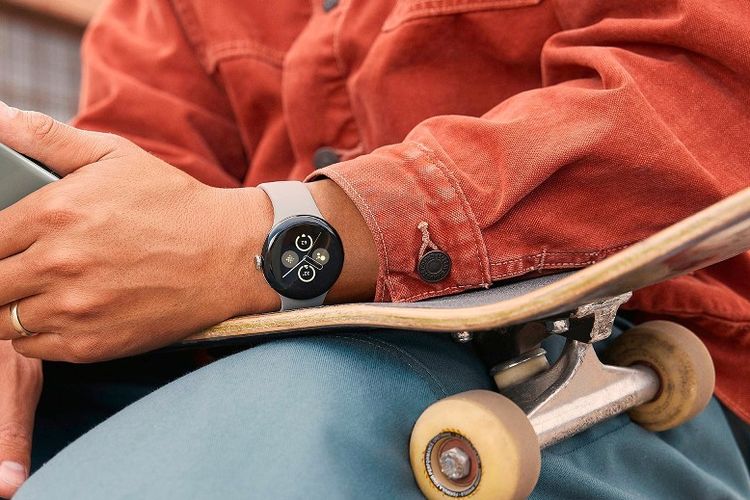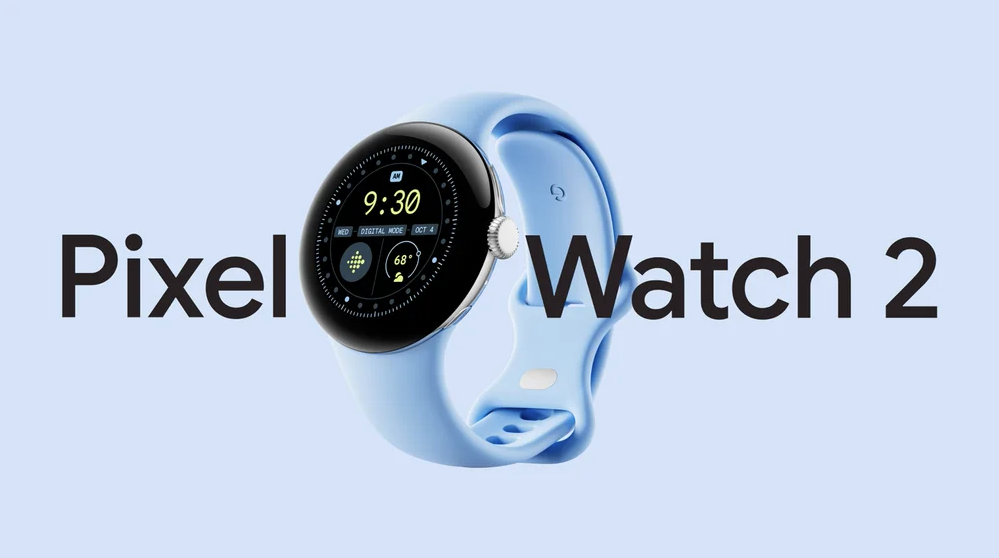Google Pixel Watch 2 Review: Best Apple Watch Counterpart For Android Users
Google’s Pixel Watch, as you may know, was never released in Sweden, which also meant that I never received a review unit for it. It was unfortunate because I have always liked Google’s hardware. Historically, Google has been cautious about entering the Nordic market with its products, but it seems to have eased up a bit now. Google acquired Fitbit and released the sequel, Pixel Watch 2, this fall, and it was indeed released directly in Sweden. I have been using it since its launch in October and will try to summarize what I like and don’t like about it.
As a reference, I want to mention that I use my Apple Watch Ultra daily and have been using it since it was released just over a year ago. In addition to that, I have also tested several Fitbit and Garmin watches.
The first thing that strikes me about the Pixel Watch 2 is how incredibly comfortable and nicely it fits around my wrist. Almost as if it blends in a bit with my wrist. While I have also found my Apple Watch Ultra to be comfortable, it occurs to me that the Pixel Watch 2 could be even more comfortable. The very rounded shapes that sweep down the sides of the watch also contribute to it never getting caught in the sleeves of shirts or jackets, a tendency I’ve noticed with my Apple Watch at times. The only thing that stands out on the 41-millimeter case is the multifunctional crown, which, through both rotation and presses, enables various navigations in the Wear OS interface.
Setting comfort aside, my initial thought about the design is somewhat divided. It is an elegant watch, no doubt, but I can’t shake the feeling that it looks a bit childish. Then, of course, there are also a variety of bands available for the Pixel Watch 2 – my personal favorite is the “elastic” fabric band that I use daily for my Apple Watch Ultra, but unfortunately, it wasn’t included in the test kit. Instead, there are classic sports bands all the way, with good adjustment options that haven’t caused any irritation during my test period.

The build quality overall feels very good, and the watch sits discreetly and very lightly on the wrist; I barely even notice it. However, I want to emphasize again that my everyday watch is the Apple Watch Ultra, which weighs almost exactly twice as much as the Pixel Watch 2, so it’s natural to feel the way I do.
Pixel Watch 2 is IP68-rated for dirt/dust and moisture resistance, but Google emphasizes that it is not certified waterproof. The watch should withstand a water pressure of 5 ATM, and you can certainly swim with it, but make sure to dry it afterward. So, Pixel Watch 2 is not a diving watch like the Apple Watch Ultra.
On the display front, the Pixel Watch 2 boasts a small but impressively sharp AMOLED creation with 320 pixels per inch (ppi). It is pleasant to look at, with vivid colors and excellent visibility even in direct sunlight. A maximum brightness of 1,000 nits certainly contributes to this, and I use automatic brightness for optimal viewing conditions. There is also an always-on display mode that dims the lighting considerably until I lift my wrist. However, it is only half as bright as my Apple Watch Ultra, a fact that becomes apparent in very bright outdoor environments.
As for the sound, it is a smartwatch speaker, not much more. I can interact with the Google Assistant without the risk of misunderstandings, which is the most important aspect, but “her” voice tends to have a slightly tinny quality. Notifications are heard clearly, but even in those instances, the sound can crackle slightly. The microphone is good; a whisper towards the wrist is sufficient to activate the Google Assistant.
Pixel Watch 2 also tracks your sleep. Before going to bed, I fully charge the watch so that I can monitor my sleep. When I wake up the next morning, the battery has dropped from around 100% to 82%. A night of sleep tracking with the bedtime mode consumes almost 20% of the battery, and just being inactive during the day without doing anything specific for an hour takes around 7% of the battery. Google promises “all day battery” or 24 hours of battery life, and that might be what we get. However, the battery is also my single biggest criticism. I believe a watch should last at least 3 days (72 hours) for it to be worth using, especially if it’s also meant to be used for sleep tracking.
Furthermore, I like the user-friendliness of Wear OS, and the fact that Google has integrated Fitbit into its watches means a lot, especially for the fitness aspect. There is support for 40 different workout programs, seven of which can be automatically tracked without you having to initiate a workout session.
My, by far, biggest source of frustration with the Pixel Watch 2, is that a significant portion of functionality is locked behind a Fitbit Premium membership ($9.99/month or $80/year). This includes features like pulse monitoring during sleep, restlessness tracking, and a more detailed overview of my sleep patterns. A “Sleep Score” feels rather useless when I can’t delve into the reasons behind it without paying extra. While Fitbit Premium is included for six months when purchasing a Pixel Watch 2, it would have been more user-friendly to only lock certain training and health programs behind the paywall. This is not a new aspect for seasoned Fitbit users, but it’s worth considering. The whole subscription model leans more towards a fitness tracker than a smartwatch, in my opinion.
I am generally satisfied with the Pixel Watch 2. For those using an Android phone, this is currently the most powerful counterpart to the Apple Watch. Something that might deter some users is the slightly small screen, but it, in turn, enables an incredibly sleek and lightweight design. I don’t appreciate that many features in the Fitbit app require a membership, and I would prefer if all manufacturers stopped withholding functionality that one should reasonably expect without extra cost—especially when the watch is priced from 4,600 SEK ($349.99 USD).


